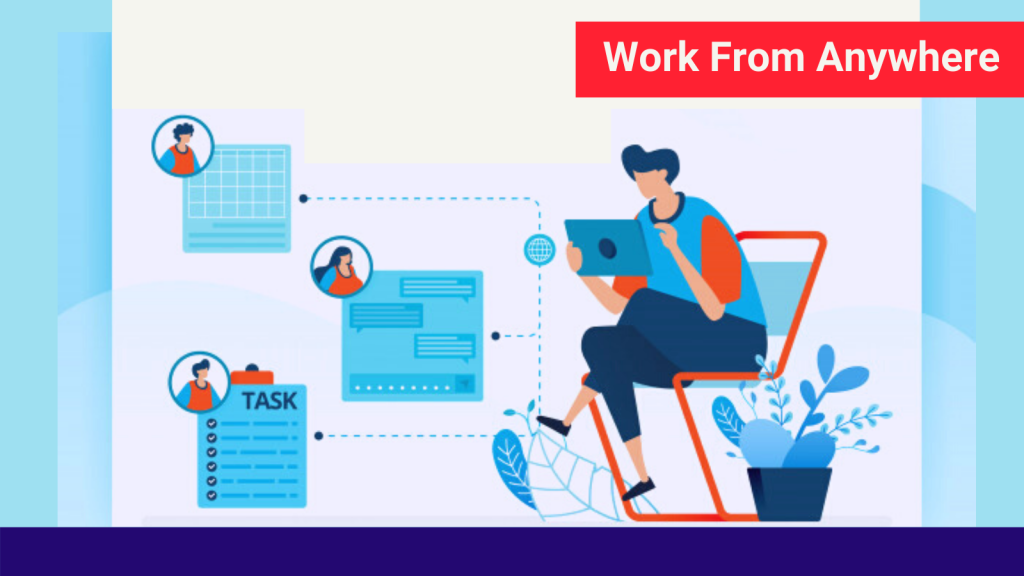Many companies have been evaluating business processes in various ways for decades, so analytics is nothing new. However, over the last decade, the term “analytics” has grown to represent something new, and it now refers to digital data collecting and processing that provides firms with insights into areas such as sales and marketing.
Businesses have been able to make more effective solutions as a result of being able to record this information digitally and evaluate it faster.
As you can see for the marketers Google Analytics has been a great help, for example, they can quickly determine which areas of their website are performing well, as well as how many people are accessing their site and from where they are coming. This data aids marketers in making changes that will increase sales and customer engagement.
Two principal technologies are making their way into the Human Resources field: big data and HR analytics. The power of HR analytics software and big data is forcing firms to abandon their reliance on “intuition” for any decision — as was the case previously — and instead make more educated and data-driven recruiting decisions. With the application of HR analytics, official choices have become more promising and accurate.
That is exactly the reason why businesses are into management tools and seeking to invest in such tools and specialized personnel such as data scientists, statisticians, and analysts. People analytics is a high focus for 70% of business executives today.
Let’s start by defining HR analytics and big data for HR.
What Is HR Analytics?
HR analytics is described as the study and collecting of workforce data in an organization to better understand its functionality and identify how it may be optimized to achieve organizational goals.
The human resources department has taken the charge of ensuring whether the employees are staying productive at work and having a pleasant work environment around them. The HR department typically retains a record of all candidates and employees who work with them for this purpose, giving them access to a big pool of data about their organization’s workforce.
Big data is a term used to describe a massive collection of data. It can be formal or unstructured, but the goal is to study the workforce so that better insights and hiring decisions may be made.
From a business aspect, big data enables a company to better manage its personnel and, in some cases, even increase its performance in order to achieve a higher return on investment.
In this way, HR becomes the organization’s data collector, gathering information on employees, hiring requirements, compensation, attrition.
Benefits of HR Analytics That Every Recruiter Must Know
Improving the employee experience:
Using technologies like HR Onboarding software to analyze how strong an employee’s sense of belonging is, as well as what contributes to it, may assist enhance business culture and create a better work environment.
Streamlining corporate training and evaluations:
Trainers can use HR analytics to design innovative ways for modifying courses and increasing staff productivity.
Improved Hiring Process:
Once the organization has accumulated enough data to break down into patterns, it can use that data to improve its recruitment process faster and more efficiently.
Hiring managers will be aware of which roles in the organization require specific kinds of skill, individuals, backgrounds, and experience, as well as who will not be acceptable. Then it’s a lot easier to zero in on a specific talent pool.
Unified Employee Support:
Companies can identify a resource that receives employee queries and returns the required information using HR analytics. This not only saves time for everyone but also unifies the strategy.
Despite these advantages, many businesses still believe that HR analytics is just about getting data on employee productivity. The actuality, on the other hand, is far from such simplistic notions. HR analytics solutions are designed to provide insights into each process by collecting data and using it to make informed decisions about how to enhance them.
A recent survey has stated that the companies are witnessing 8% high sales growth and 58% higher sales per employee with advanced HR analytics.
Final Words,
Human resource operations are made easier, simpler, and more effective with predictive analytics solutions. HR analytics software allows your company to transform unstructured, heterogeneous data into more holistic views of employee health, engagement, cultural fit, and productivity.
Understanding the employee equation does not have to be difficult — HR analytics may assist a company’s personnel chart a better path forward, which in turn helps the company construct a better business from the ground up.
And to know about EmpMonitor – Best Time Tracking Software | Productivity Management, visit:





